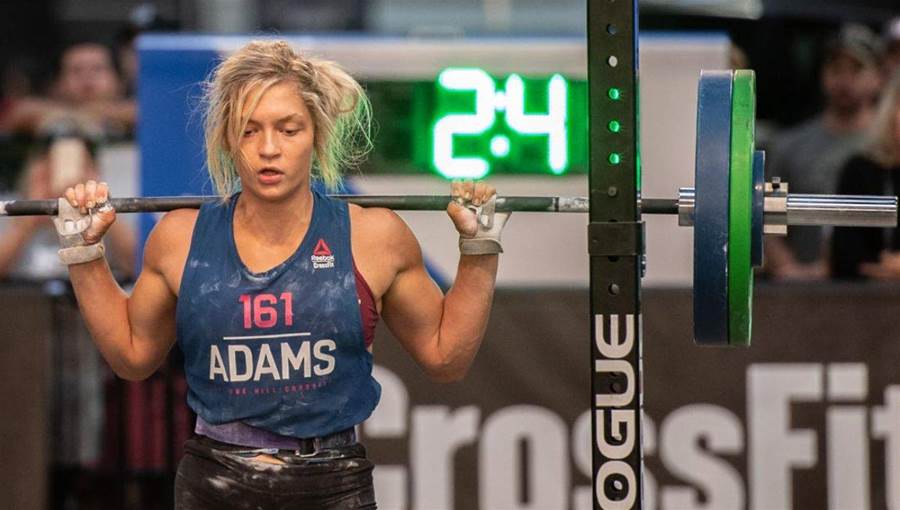
Try this fun challenge.
Scroll down to the video to find out how it goes.
Having strong legs provides a number of benefits for your overall health and fitness. Here are some of the key benefits:
Improved balance and stability: Strong legs help you maintain balance and stability, which can prevent falls and reduce the risk of injury.

Increased mobility and flexibility: Strong legs allow you to move more freely and with greater flexibility, which can improve your overall range of motion and reduce stiffness.
Enhanced athletic performance: Strong legs are essential for many sports and physical activities, such as running, jumping, and cycling. Having strong legs can help you perform better and achieve your fitness goals.
Reduced risk of injury: Strong legs can help support your body and reduce the risk of injury to your knees, hips, and ankles. This is particularly important as you age and become more susceptible to injuries.
Improved metabolism: The muscles in your legs are some of the largest in your body, and building strength in these muscles can help boost your metabolism and burn more calories.
Increased bone density: Strength training for your legs can help improve bone density and reduce the risk of osteoporosis, especially for women.
Having strong legs is an important aspect of physical health and fitness, and can have a positive impact on many areas of your life.
The muscles of the legs are some of the largest and most powerful muscles in the body. They are responsible for many essential functions, such as walking, running, jumping, and standing upright.
Here are the major muscle groups in the legs:
These muscles work together to provide strength, stability, and mobility to the legs, and are essential for many everyday activities as well as athletic performance.
The best sets and reps for building muscle will depend on a number of factors, including your fitness level, training experience, and specific goals. However, there are some general guidelines that can help you design an effective muscle-building workout:
Aim for 3-4 sets per exercise: Performing 3-4 sets of an exercise allows you to target the muscle group with enough volume to stimulate growth without overtaxing your body.
Perform 8-12 reps per set: This rep range is ideal for building muscle because it provides enough tension and stress on the muscle fibres to promote hypertrophy, or muscle growth.
Rest for 60-90 seconds between sets: Taking short rest periods allows your muscles to recover and helps maintain intensity throughout your workout.
Increase weight or reps gradually over time: As you get stronger, gradually increasing the weight or reps can help challenge your muscles and promote further growth.
Focus on compound exercises: Compound exercises such as squats, deadlifts, and bench presses work multiple muscle groups at once, making them highly effective for building overall muscle mass.
Incorporate a variety of exercises: Using a variety of exercises that target different muscle groups can help prevent plateaus and keep your workouts challenging and effective.
It’s important to note that muscle building is a gradual process that requires consistency, proper nutrition, and sufficient rest and recovery. Consult with a certified personal trainer or exercise professional to design a workout plan that is tailored to your specific needs and goals.
Consistency is one of the most important factors when it comes to going to the gym and achieving your fitness goals.
Here are a few reasons why consistency is so important:
Consistency is crucial for achieving your fitness goals and maintaining a healthy lifestyle. By making exercise a regular part of your routine, you can build habits, make steady progress, stay motivated, and enjoy the many benefits of regular physical activity.
Image Sources



















